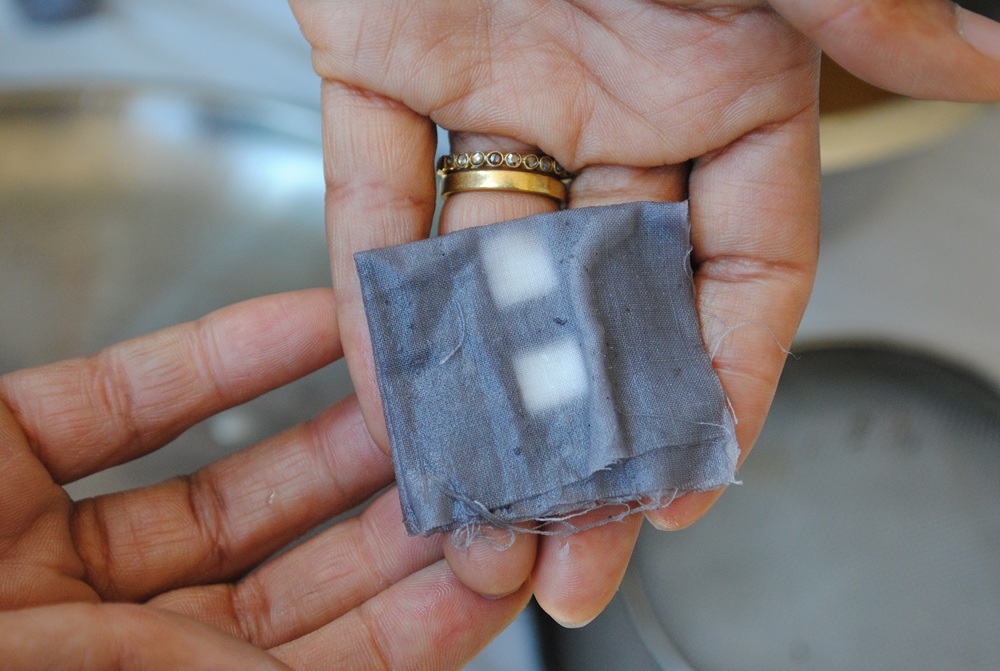
Persea americana
avocado pits with iron provide the gray color in this sample. the pits are the perfect example of an edible by-product, something we toss in the compost bin often, but can be used to create color.
|
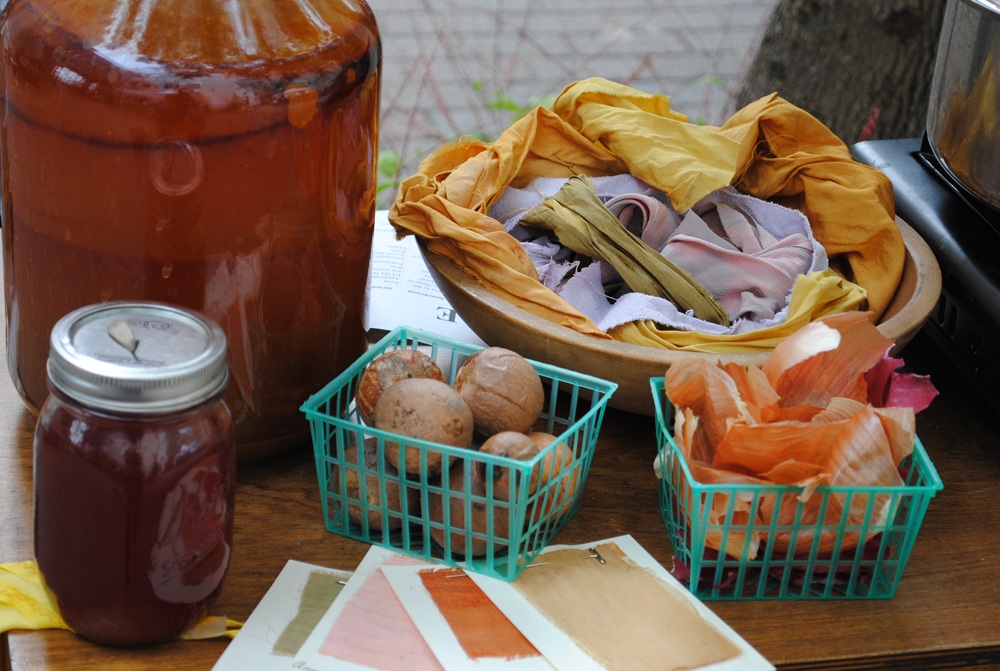
colorful samples adorn an educational table including onion skins, avocado pits, red sandalwood and the large jar full of a homemade iron solution used to modify color.
|

Eucalyptus sp.
eucalyptus trees are a locally abundant resource. the leaves and bark provide gorgeous saturated colors that love wool and look different in each season.
|
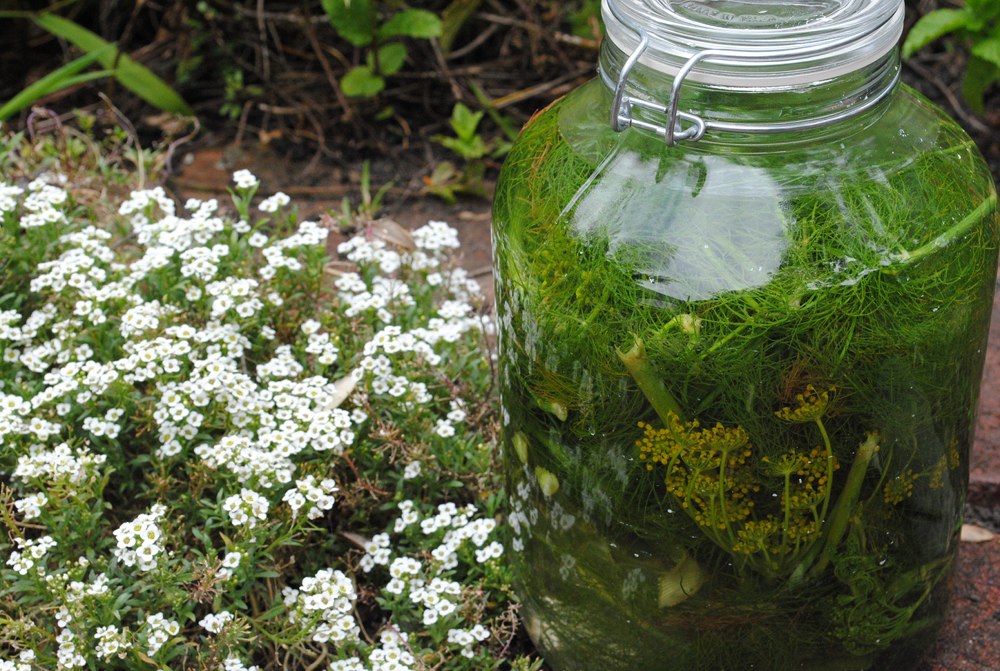
Foeniculum vulgare
in summer fennel blooms all along streets and sidewalks. while some regard this plant as a weed, it is also an important host plant to the anise swallowtail butterfly, a medicine, a food and a source of cheerful yellows.
|

wedding garlands made for my sister's hindu marriage ceremony.
|

Anthemis tinctoria
golden marguerite, also known as 'dyer's chamomile' is a traditional European source of yellow and orange dyes.
|

Indigofera tinctoria
in Auroville, located in Southern india, indigo is fermented in clay pits in the ground and covered with handwoven baskets.
|
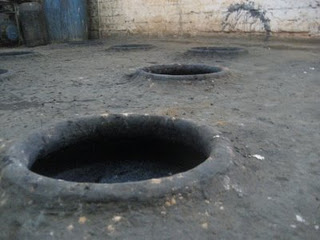
Indigofera tinctoria
clay pits created to ferment indigo leaves in Auroville.
|

Tropaeolum sp.
nasturtium leaves and flowers can be pounded into cloth to create beautiful impressions.
|

Allium cepa
golden onion skins on linen, berkeley 2012
|
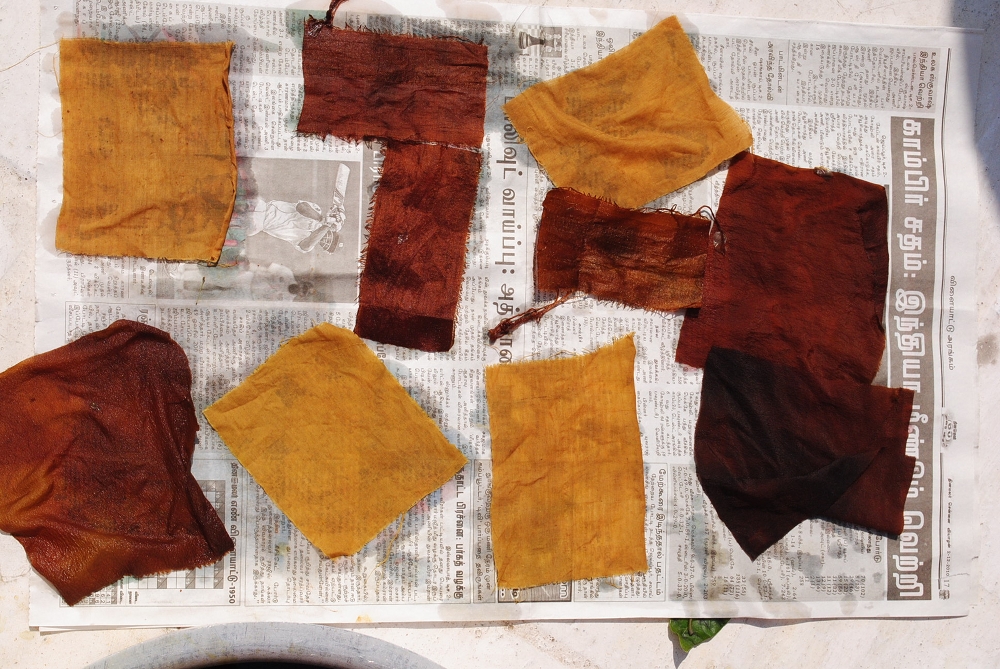
Allium cepa
golden onion skins on raw silk and cotton, chennai 2011
|
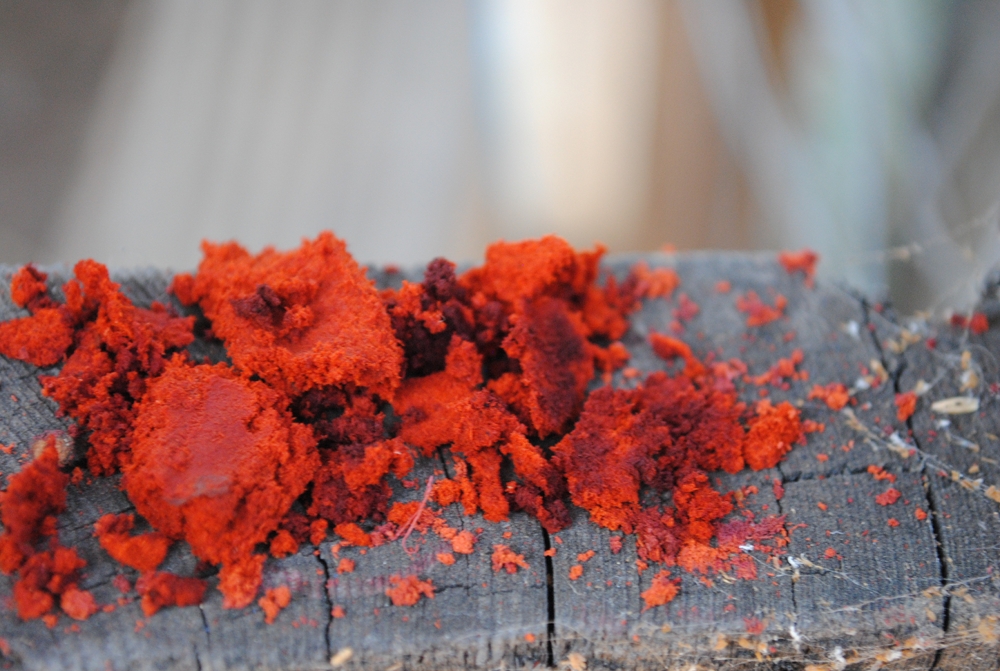
Pterocarpus santalinus
the intensely bright color of red sandalwood. it is a medicinal plant used in ayurveda and also the source of a gorgeous red dye.
|

Curcuma longa
a turmeric dye bath requires no heat to impart its sunny yellow.
|
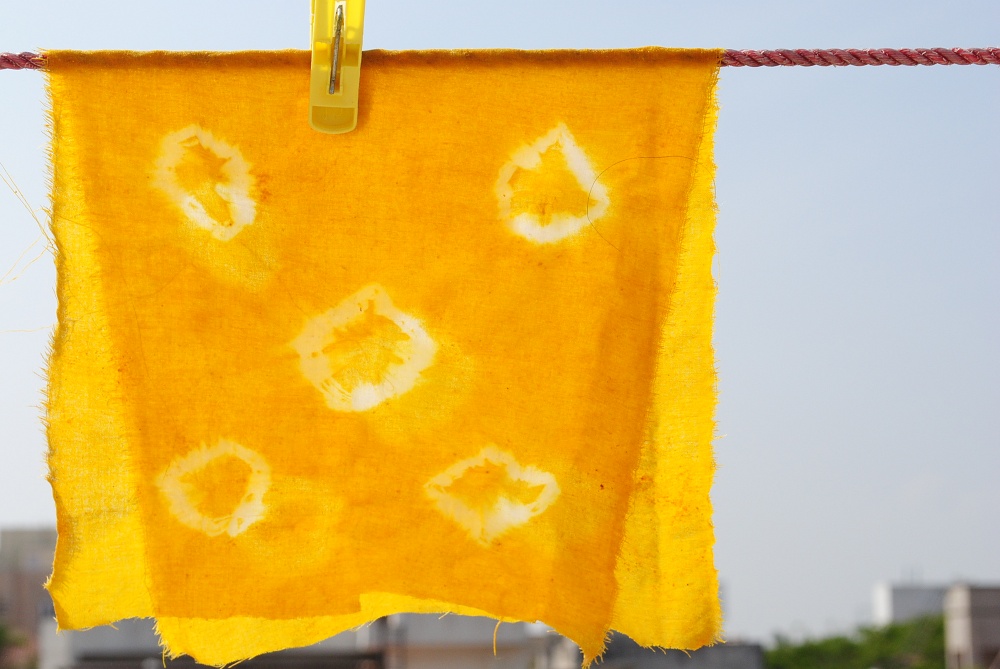
shibori patterns on turmeric dyed cotton, chennai, 2011
|
